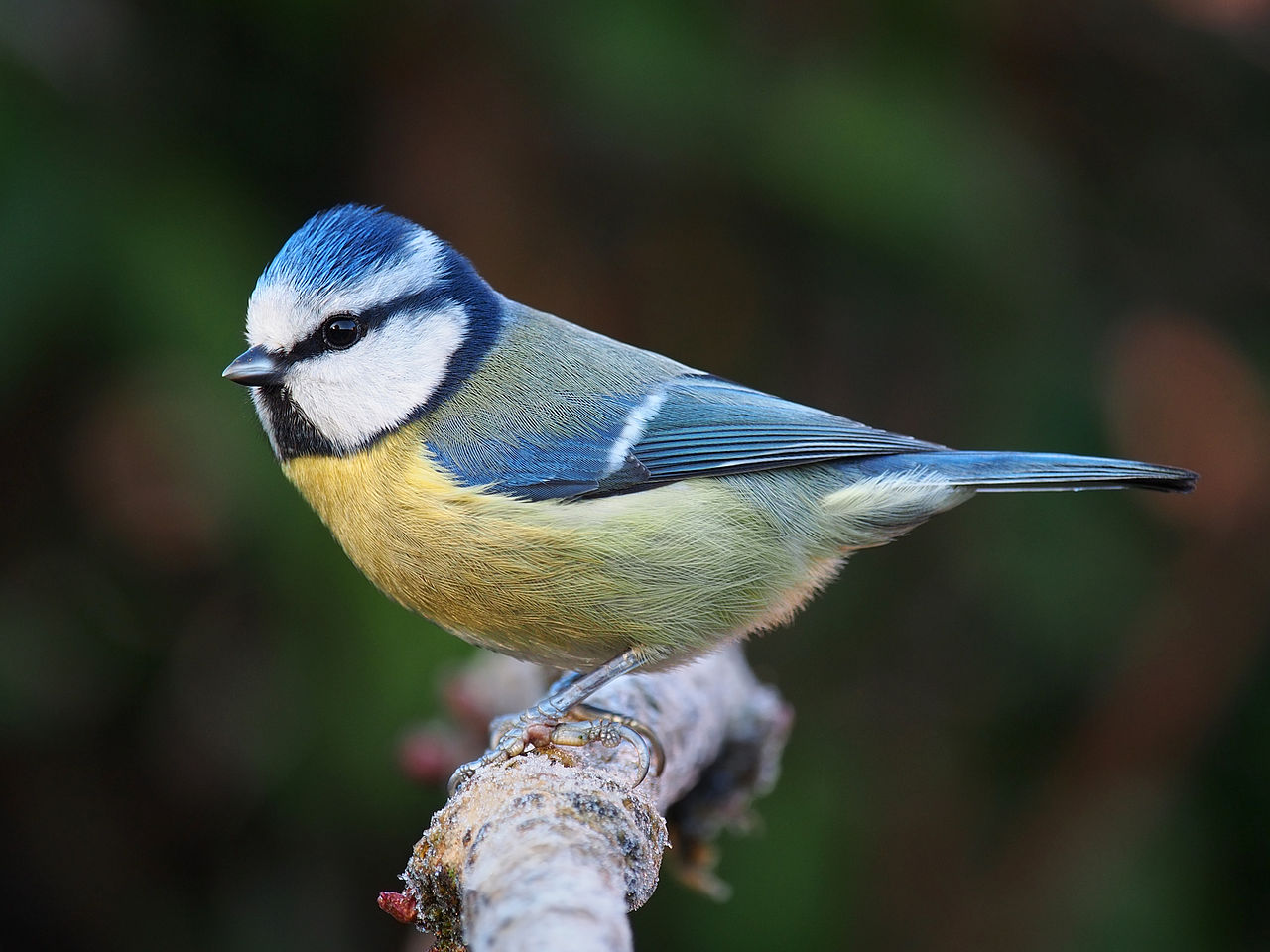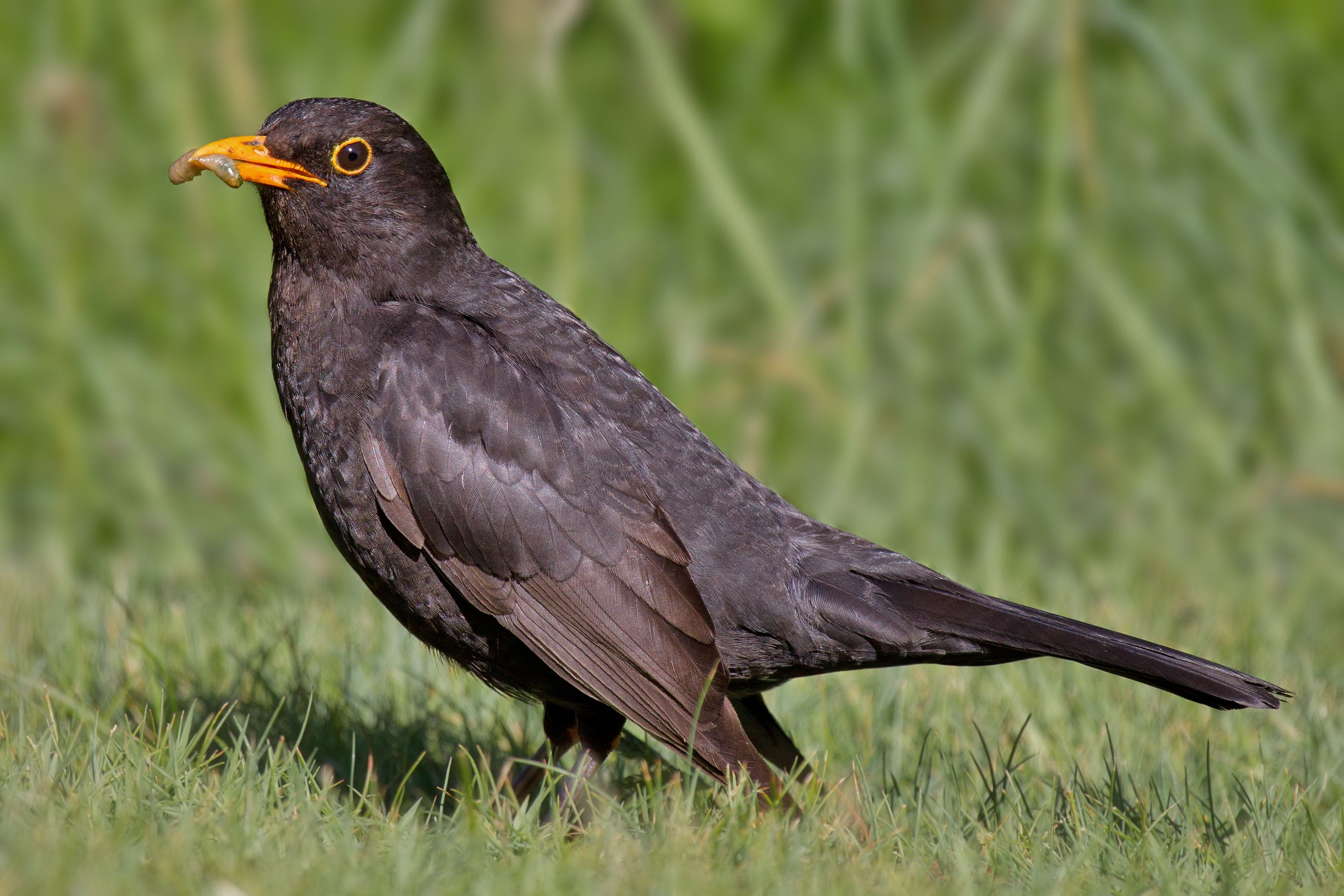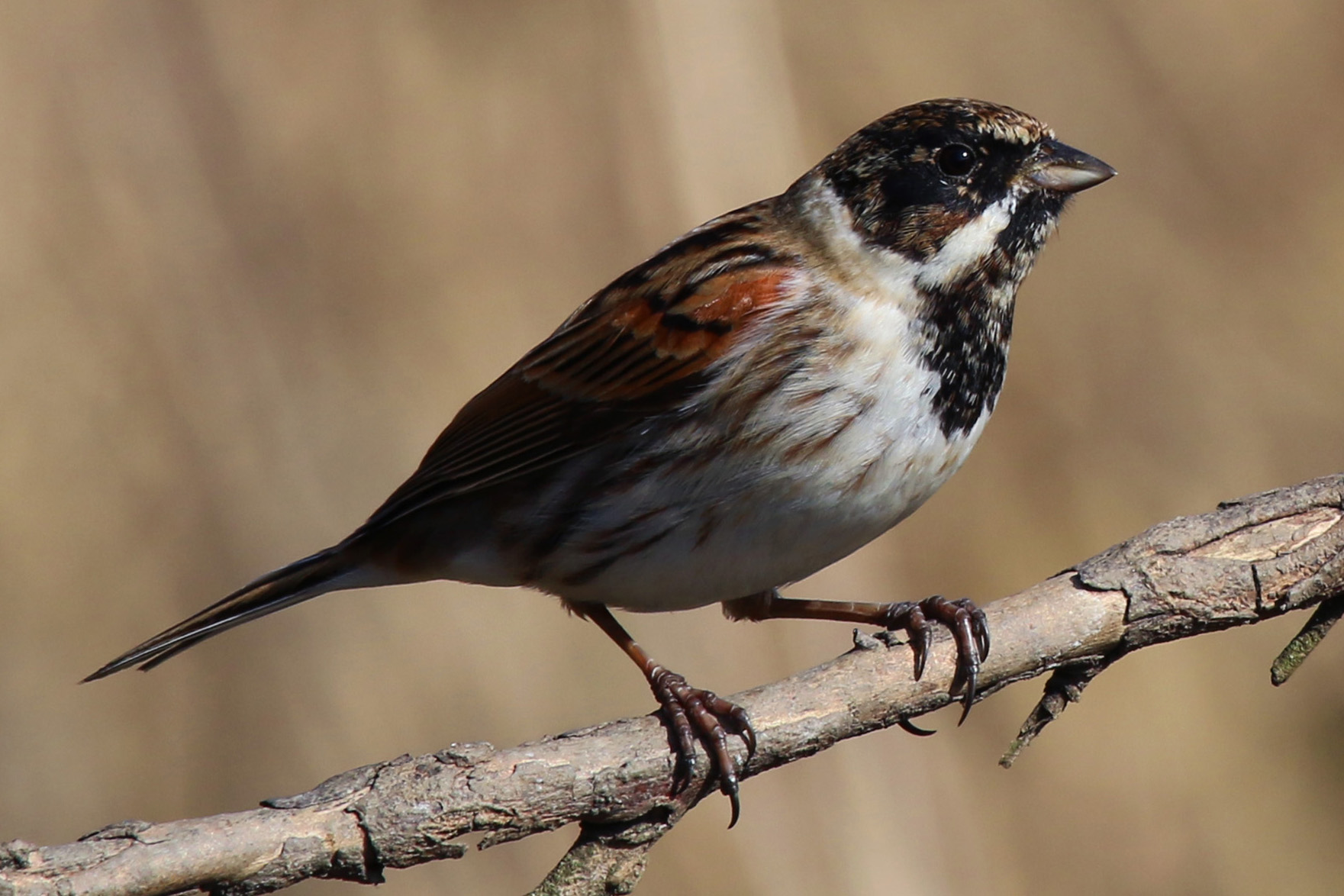
I just returned from a two week trip walking the countryside of Cumbria and Yorkshire in northwest England. My wife and I went because we enjoy the English countryside with its stone and brick houses and lovely flower gardens. Dry stone walls, works of art from the 16th century, traverse the land. It is almost like walking through a Thomas Kinkade painting. Visiting the former homes of the Bronte sisters, Beatrix Potter, and William Wordsworth were interesting, especially to my wife whose interest and expertise lie in Victorian literature. Beatrix Potter was quite the conservationist and left a lot of land to the National Trust, which both the English and tourists like me, appreciate.
But of course, I also watched birds. Lovely birds, partly because they are different from the birds I see at home. Lots of birds calling too, but they were harder to identify just because of their unfamiliarity. The English are avid birdwatchers. Two UK residents you may be familiar with are keen birdwatchers: Prince Philip and Paul McCartney. But England, and the U.K. in general, is experiencing a decline in birds, like many place in the world. Perhaps a quarter of England’s birds are endangered or threatened, according to the RSPB. Amazingly, even the House Sparrow and European Starling are in decline.
Some birds I saw frequently were the Wood Pigeon, European Robin, Magpie, and Common Blackbird.

What’s fascinating about the blackbird is it is actually a thrush and in many ways is similar to the American Robin, including its ubiquitous call.
What is nice about traveling to locations away from home, especially other continents, is that almost all the birds are new to you and much more interesting than the ones you see everyday at home. It’s a new challenge to identify them, especially their calls, and if you are inclined to do so, add them to your life list. I don’t know if I have see the Common Reed Bunting before – I haven’t checked my life list yet, but it’s an attractive little bird.

By the way, and it took me a few years before I understood the difference between England, the U.K., and Great Britain. They are different. The United Kingdom consists of England, Scotland, Wales, and Northern Ireland. Great Britain is the island with consists of the countries of England, Scotland, and Wales, And England is one country on the island of Great Britain.
Roger,
You are a great story teller. Narrative can make interesting facts compelling and persuasive.which is exactly what the cause of conservation needs in a world which is sadly, increasingly narcissistic and selfish.
Humans now view the endangerment and extinction of birdlife as simply “a fact of life” even though humans are the main cause. If +/- 25% of UK bird species are either endangered or threatened (vulnerable), it should be a cause for national alarm, but it is not.
As you know, I am “a man on a mission” but I realize to accomplish that mission I must be a pragmatic altruist which is repugnant to most altruistic conservationists.
This said, I just love the “Blue Tit” one of my favourite “little birds” along with Australia’s “Superb Fairy Wren” native to Tenterfield.
In fact, did you know that the “Wren” has just been voted Australia’s favourite bird followed by the “Magpie”? Could I perhaps suggest a post of either or both?
Lastly, thank you again for another enjoyable and thought provoking post.
All the best,
Peter